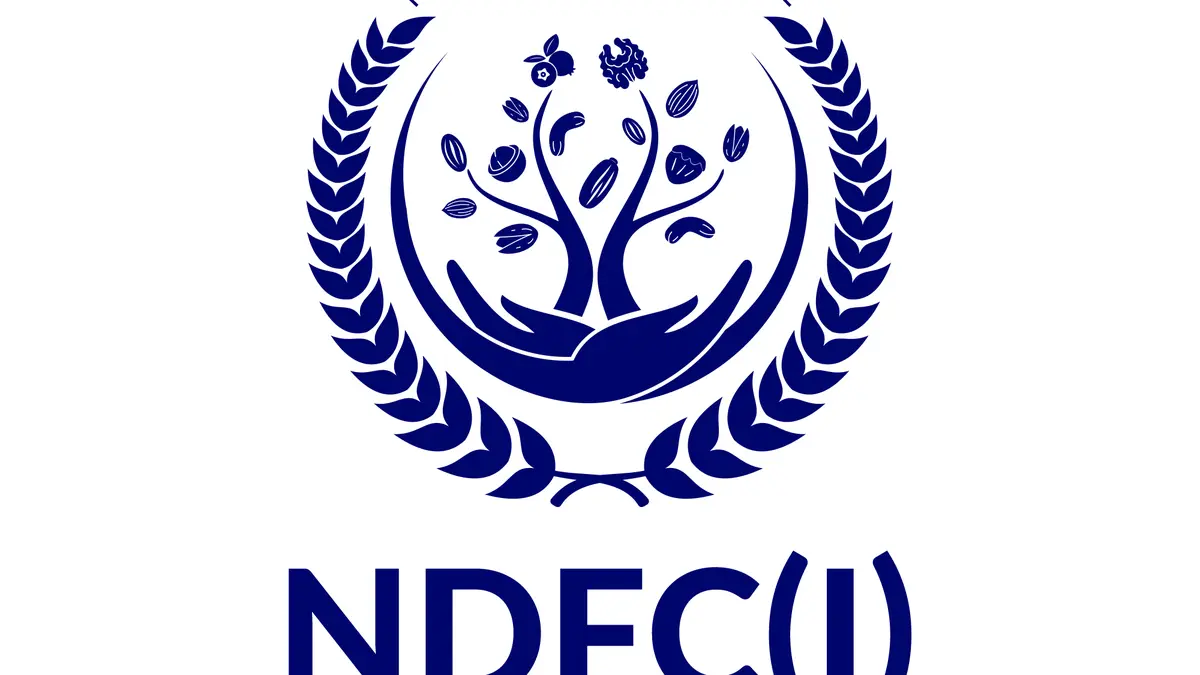The Indian government’s decision to reduce the goods and services tax (GST) on nuts and dried fruits to 5 per cent will help increase its domestic consumption, particularly value-added ones, said Nuts and Dried Fruits Council (India) President Gunjan Jain.
“Cashew nuts, raisins and walnuts were already levied 5 per cent GST. But other nuts, almonds and pistachios were treated as value-added. However, the GST on these value-added nuts, including roasted cashew nuts, has now been reduced to 5 per cent from 12 per cent earlier. This will now lead to more growth, particularly in the value-added sector,” the NDFC-I President told businessline in an online interaction.
The nuts and dried fruits industry worked on getting the GST reduced. The sector is happy with the turnaround since there were proposals earlier to imposed 18 per cent GST.
Nuts and Dried Fruits Council (India) President Gunjan Jain
More affordable
“We had to lobby a lot with the ministers to tell them that nuts and dried fruits are not a luxury. We highlighted the health, the numerous small, micro and medium enterprises involved in the industry and the employment they offer,” said Jain.
The Centre’s decision has made nuts and dried fruits affordable by 7 per cent. Prices have dropped in that range, he said, adding, “We are also cutting prices.”
Jain said nuts and dried fruits will touch more people now as the starting prices will be lower, encouraging those who have never tried these products. As a result, the consumer base is poised to widen by at least 10 per cent.
“We are going to see sales of nuts picking up this festival season,” the NDFC-I President said, expressing relief that the GST cut has come as a fresh breath when global prices had increased.
Nutrition hub potential
“We (the industry) worked together as a unified voice and were able to convince the government. We will likely get a cut in the US tariffs on nuts. The California Almond Board and the American Pistachio Growers Association are engaging us to increase nuts consumption in India,” he said.
Stating that India has the potential to become a nutrition hub, he said the country enjoys owing to various agro-climatic conditions, labour cost arbitrage and competitive export labour.
“For long, we have been a Make in India industry. We have always been importing raw nuts and then processing them via hand-cracking, shelling, roasting and value-adding. We have great re-export potential,’ said Jain.
While cashew can be cultivated on the country’s huge coastline, the Himalayan landscape can be used to grow pecans, walnuts and pistachios. “If China can do it, we can also really start growing in a big way,” said the NDFC-I President.
Sops for growers mooted
NDFC-I has obtained the government’s permission to import high-yielding walnut and cashew saplings. “We are engaging with the Agriculture Ministry on policy changes on growing nuts. These trees take four to six years to yield. Most of our growers are marginal farmers. So, if the Centre offers incentives or helps growers with some funds until their trees begin to yield will be good,” said Jain.
On the impact of rain on nuts and dried fruits, he said walnut production will be higher following beneficial showers in Kashmir. “We will have a good crop in terms of colour and size,” he said.
Jain said cashew prices have softened as supplies have improved. Demand in India was good, keeping prices stable. However, globally, the US tariff has forced even Vietnam to stop buying raw materials. “Though prices will decline, they will not crash altogether,” he said.
Published on October 7, 2025
